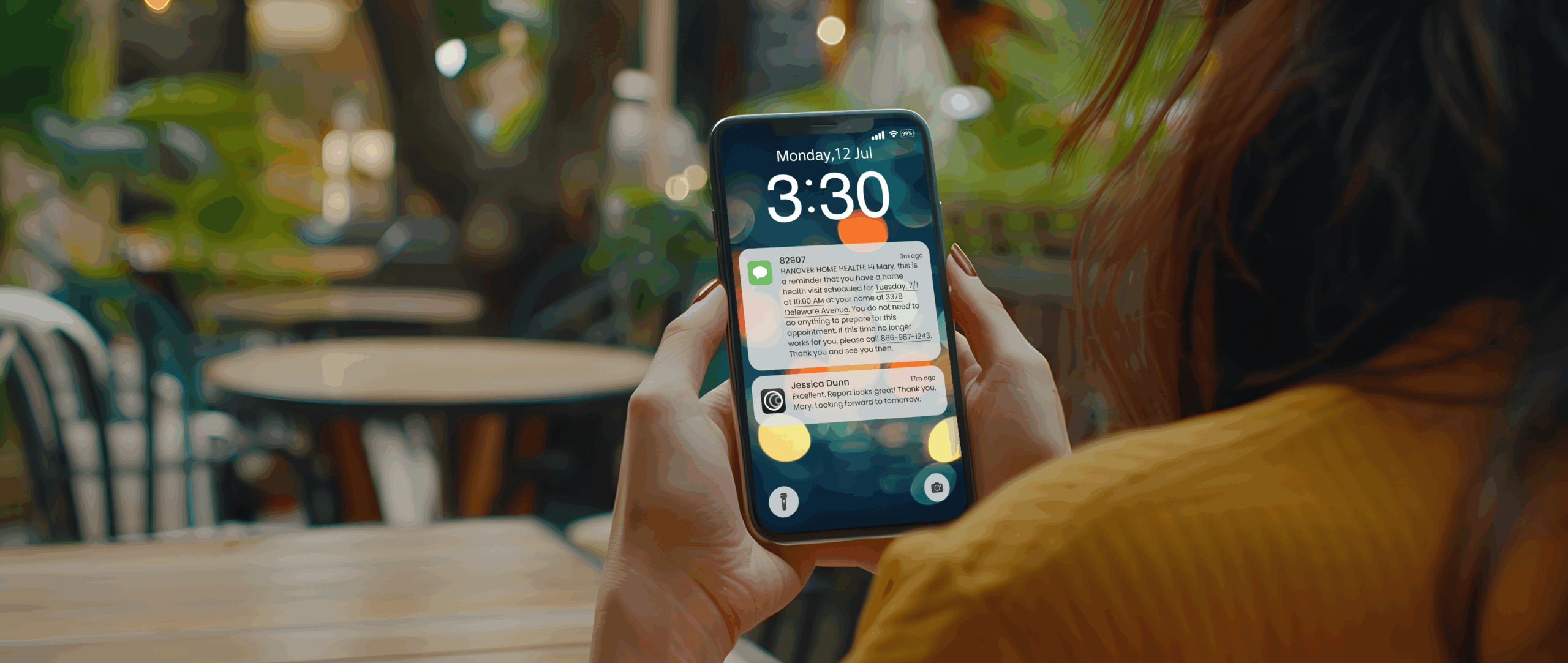 If you were paying attention last week, there was a small army of scientists, journalists, Olympic athletes, and even some comedian commentators on hand for a surprisingly spectator unfriendly sporting event in Italy. No, I’m not talking about the 100th Giro d’Italia cycling race, but rather Nike’s attempt to have a person break the 2-hour barrier for the marathon. The attempt was held at a Formula 1 race track near Milan and, though any effort there would not be eligible for a world record (due to the fact that it was a lap course, and not point-to-point), the simple fact that the attempt was made so earnestly should teach us all a thing or two about setting goals.
If you were paying attention last week, there was a small army of scientists, journalists, Olympic athletes, and even some comedian commentators on hand for a surprisingly spectator unfriendly sporting event in Italy. No, I’m not talking about the 100th Giro d’Italia cycling race, but rather Nike’s attempt to have a person break the 2-hour barrier for the marathon. The attempt was held at a Formula 1 race track near Milan and, though any effort there would not be eligible for a world record (due to the fact that it was a lap course, and not point-to-point), the simple fact that the attempt was made so earnestly should teach us all a thing or two about setting goals.
What was Your Last Moon Shot?
If you’re anything like me, it is probably taking too long to answer that. But why is it that we value grand ventures and achievements so much yet rarely can speak of our own efforts? Even the term, “moon shot,” is both synonymous with its namesake moon landing’s improbability as it is almost completely inapplicable to other such accomplishments. I’m happy to say that Nike had gotten fed up with that and wanted to do something about it. The rate of the marathon’s world record improvement had slowed to a near standstill over the past couple of decades. According to experts in fields ranging from biomechanics to statistics, projections for the current world record to be beaten have gotten further and further away. In fact, among the few scientists who thought the 2-hour barrier could be broken at all, even they predicted it wouldn’t be approached for another 80-100 years. Why then, in the face of such seemingly insurmountable odds, would a market leader like Nike stake its reputation by making such a public effort to do this? To quote the ill-fated climber, George Mallory, as to why he was so obsessed to climb Mt. Everest, “Because it’s there.”
If at First You Don’t Succeed
Mallory ended up not succeeding in his quest to summit Mt. Everest in spite of his resolve and disappeared on his third and final attempt, his body not to be found and retrieved for 75 years in 1999. What he accomplished in his time, though, was perhaps more profound than had he planted his flag atop the world’s highest peak. Mallory set in motion a series of events that would eventually lead to Sir Edmund Hillary’s successful summit of Everest, but his devil-may-care attitude also created a sense of adventure and endeavor which still lasts today. All of this is to point out that, unfortunately, Nike and their runner, Eliud Kipchoge, fell painfully short of their goal to break the 2-hour barrier. With a blisteringly fast 2:00:25, Nike’s focus on controlling every possible variable yielded an effort that is two and a half minutes faster than the world record of 2:02:57. So now what?
Try Try Again
You knew that was coming, right? In my opinion, the outcome of this effort can be viewed through two different lenses. First, you can look at this as a simple failure to reach a lofty goal and the result of the inevitability of failing at such a task. Or second, you can look at this as the fastest a human has ever run over 26.2 miles and the spark that could light a powder keg of human development and achievement. I choose the latter. As American Olympic medalist Shalane Flanagan said during the later stages of Kipchoge’s effort when it became clear he would fall above the 2-hour barrier, “Everyone has their own 2-hour barrier, and just because it’s never been done before, that’s no reason to try.” If you have some goose bumps right now, congratulations, you’ve got everything you need to go do great things.
Get Into Action
Let me start by saying, as a multiple marathon finisher myself, you probably shouldn’t just hop outside and try to tackle 26.2 miles off of zero weekly training miles. That would hurt, a lot. But what you can, and I dare say should do, though, is begin to change your thinking about what you believe to be impossible. Remember, when the 4-minute mile was finally broken after being the same type of albatross that the 2-hour marathon is currently, it took only days for it to be broken again and since then hundreds of times more. Once you’ve identified your own “2-hour barrier” it’s time to update your Follow Me Calling list, turn on your Auto Attendant, and get out there to break it! Nothing bad can come from trying to exceed your own expectations, so do yourself proud and find out how far you can go.
So what’s your moon shot? Let us know by sharing or tagging us on Twitter or Facebook as you attempt it. We’re happy to encourage you along the way, but will be even more proud of you for making a claim and going for it! Good luck!









